모든 사진(1)
About This Item
실험식(Hill 표기법):
C13H16O7
CAS Number:
Molecular Weight:
284.26
MDL number:
UNSPSC 코드:
12352201
추천 제품
생물학적 소스
synthetic
Quality Level
분석
≥95% (HPLC)
양식
powder or crystals
기술
mass spectrometry (MS): suitable
색상
white to off-white
응용 분야
metabolomics
저장 온도
−20°C
SMILES string
O([C@@H]1O[C@H](C(O)=O)[C@@H](O)[C@H](O)[C@H]1O)C2=CC=C(C)C=C2
InChI
1S/C13H16O7/c1-6-2-4-7(5-3-6)19-13-10(16)8(14)9(15)11(20-13)12(17)18/h2-5,8-11,13-16H,1H3,(H,17,18)/t8-,9-,10+,11-,13+/m0/s1
InChI key
JPAUCQAJHLSMQW-XPORZQOISA-N
일반 설명
p-Cresol glucuronide (pCG) is a metabolite of p-cresol, which is produced by the gut microbiota during the metabolism of dietary tyrosine and phenylalanine. p-cresol glucuronide is primarily associated with its role as a biomarker for assessing microbial metabolism and gut health. It is often used in research studies to evaluate the activity of the gut microbiota and its potential impact on health and disease. Additionally, p-cresol glucuronide levels have been studied in relation to conditions such as chronic kidney disease and cardiovascular health.
생화학적/생리학적 작용
p-Cresol glucuronide is generated through a process called glucuronidation, which is a phase II metabolism reaction in the liver. In this process, p-cresol, a metabolite produced by the gut microbiota during the breakdown of dietary tyrosine and phenylalanine, undergoes conjugation with glucuronic acid. This conjugation is catalyzed by the enzyme UDP-glucuronosyltransferase (UGT) to form p-cresol glucuronide. The resulting glucuronide metabolite is then excreted in the urine. This process plays a crucial role in the elimination of p-cresol from the body.
Storage Class Code
11 - Combustible Solids
WGK
WGK 3
Flash Point (°F)
Not applicable
Flash Point (°C)
Not applicable
가장 최신 버전 중 하나를 선택하세요:
자사의 과학자팀은 생명 과학, 재료 과학, 화학 합성, 크로마토그래피, 분석 및 기타 많은 영역을 포함한 모든 과학 분야에 경험이 있습니다..
고객지원팀으로 연락바랍니다.


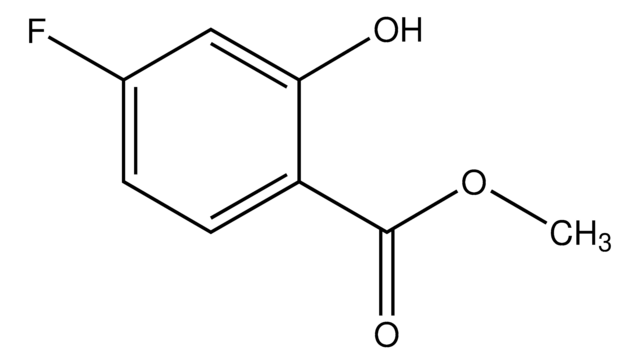
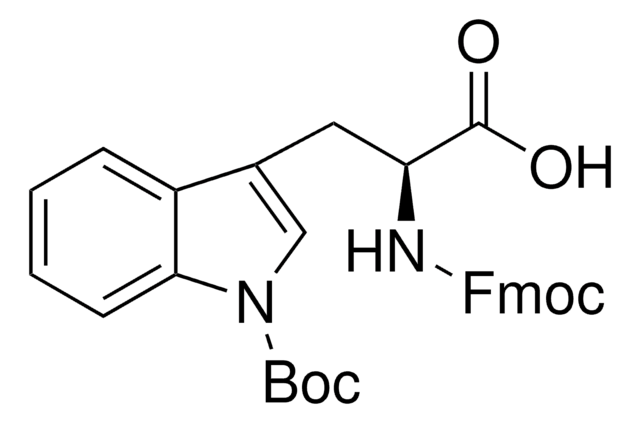
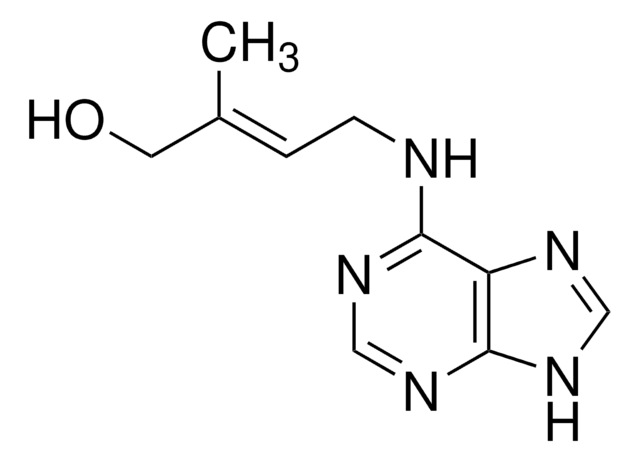
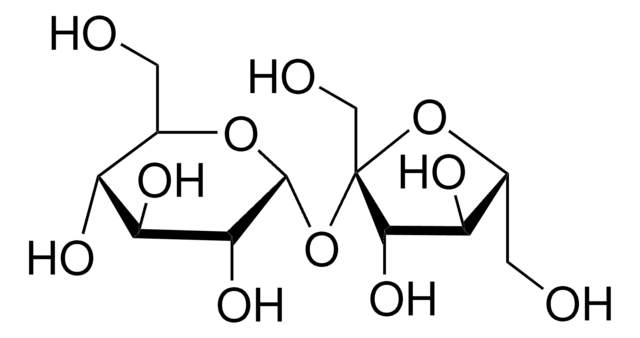
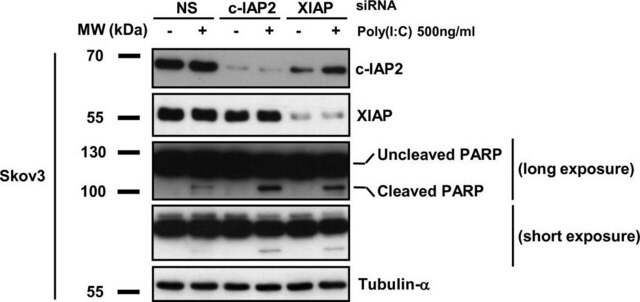

![2,6-Piperidinedione, 3-[(3-aminophenyl)amino] hydrochloride ≥95%](/deepweb/assets/sigmaaldrich/product/structures/418/306/0350aa83-10f6-4252-8fbe-60083989c8d6/640/0350aa83-10f6-4252-8fbe-60083989c8d6.png)